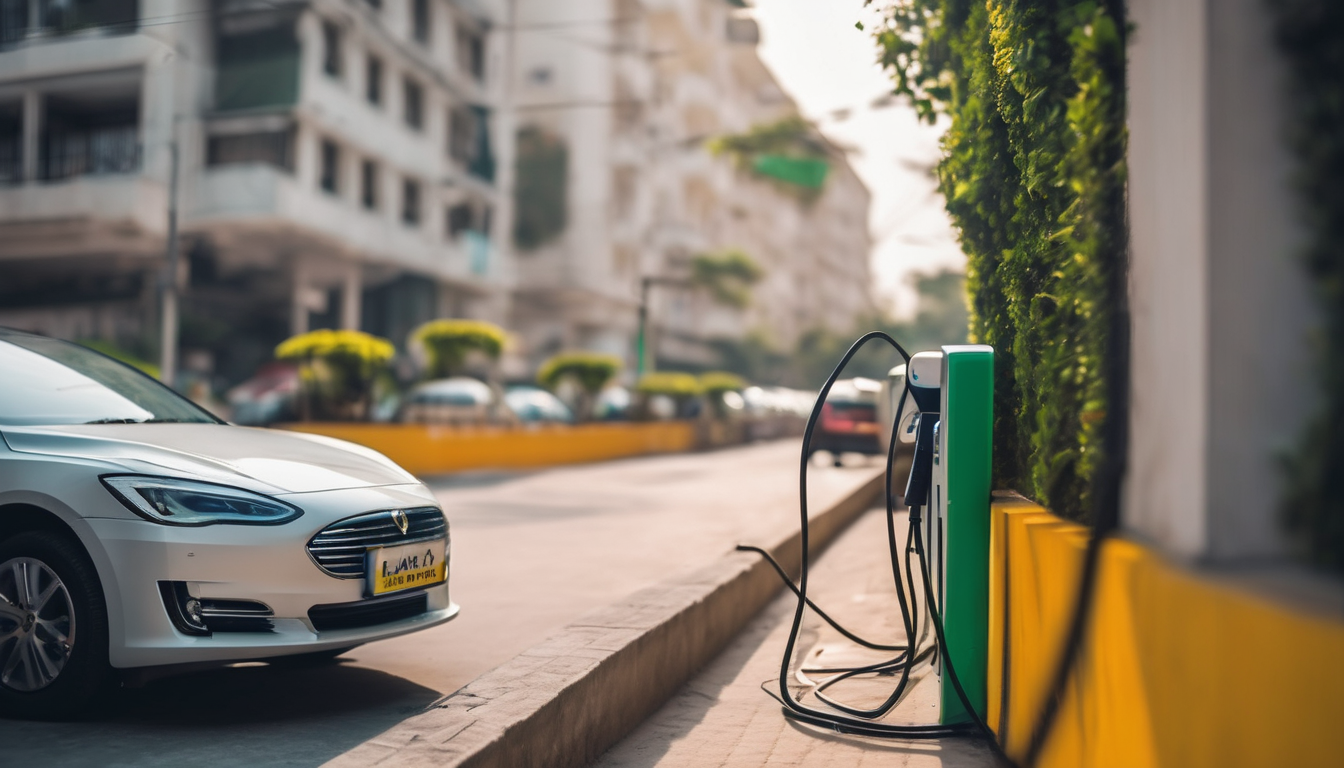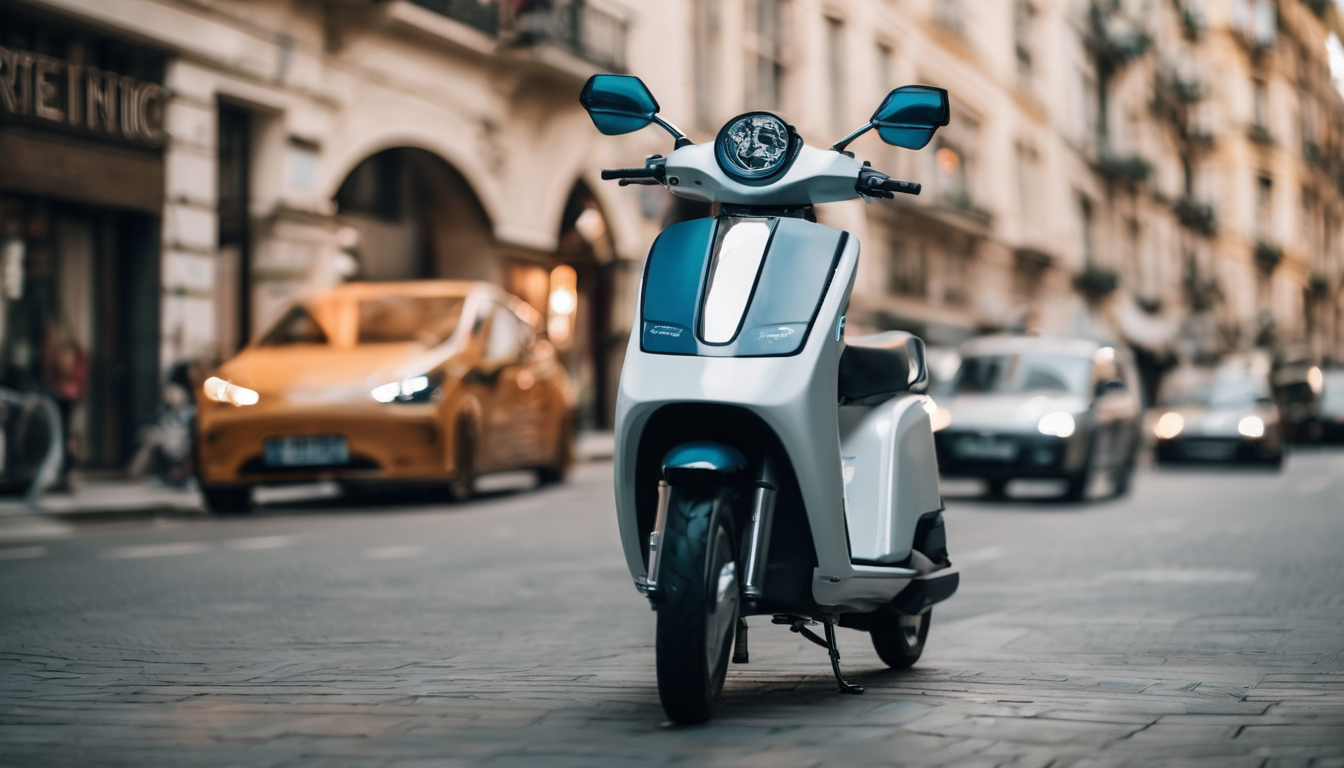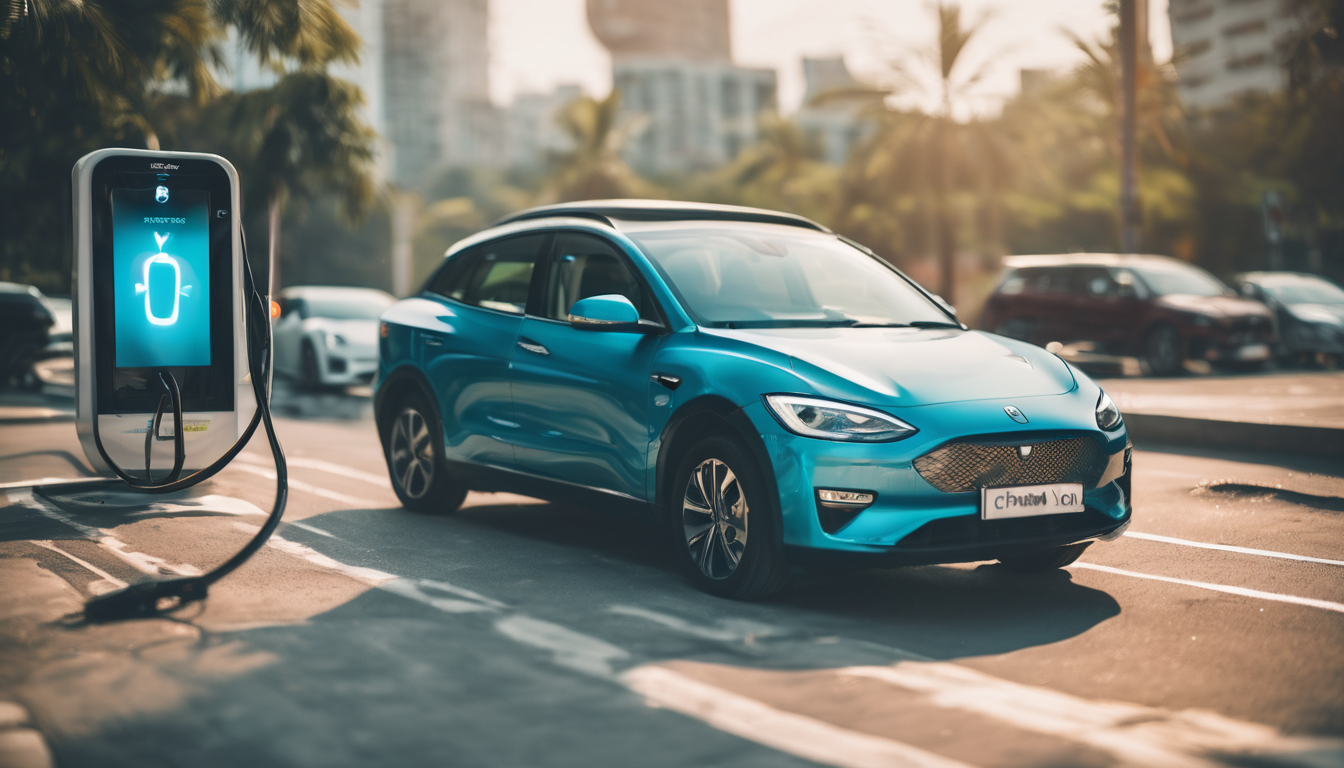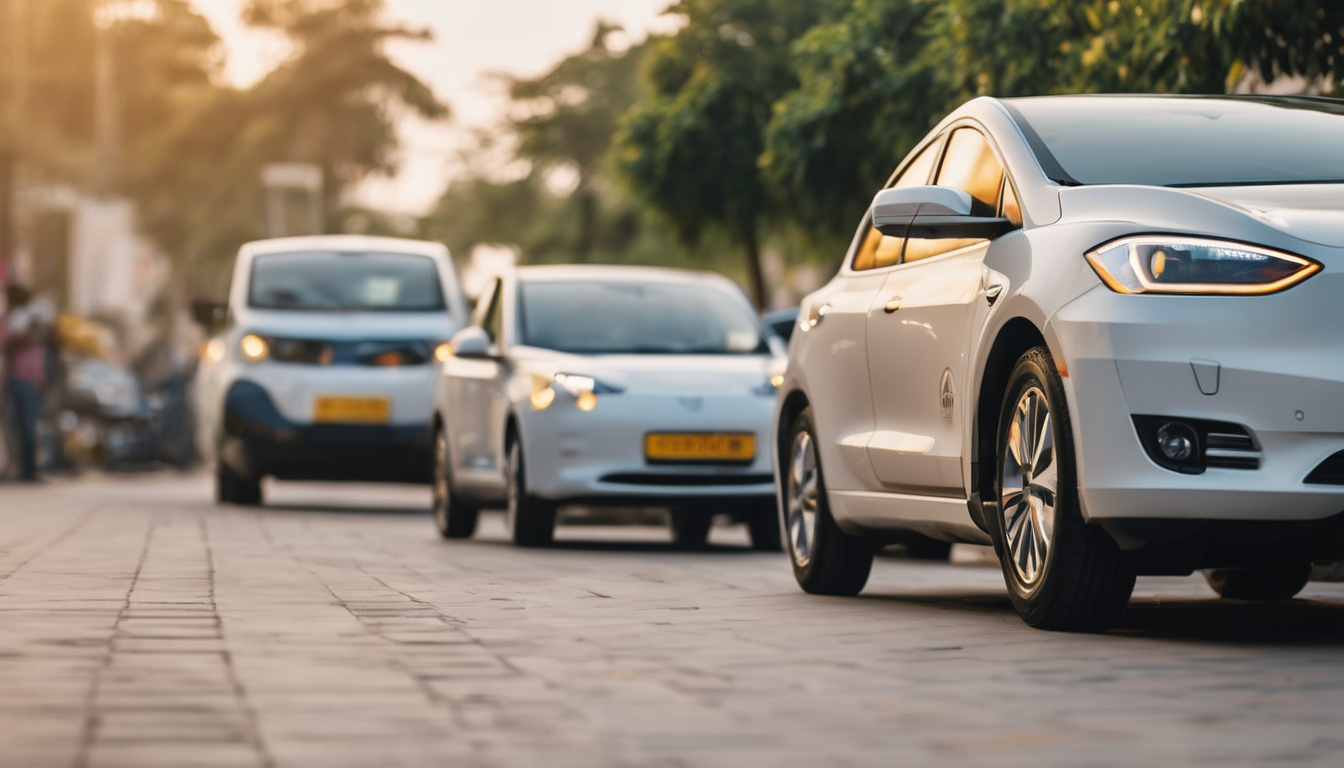The landscape of mobility is undergoing a significant transformation with the rise of electric vehicles (EVs), promising a cleaner and more sustainable future. However, recent developments in the Indian EV market indicate that two-wheeler electric vehicles, offered by major players like Ola and Ather, might witness an increase in their prices. Let’s delve into the reasons behind this potential change and its implications for the industry.
Adjustments in FAME-II Scheme: Navigating Changes
The Heavy Industries Ministry in India, responsible for promoting and regulating industrial growth, is reportedly contemplating adjustments to its flagship Faster Adoption and Manufacturing of Electric and Hybrid Vehicles (FAME-II) scheme. Under the current scheme, an outlay of ₹2,000 crore has been allocated for e-two-wheelers. The scheme primarily operates by providing subsidies to reduce the upfront cost of electric vehicles, thereby encouraging their adoption.
Proposed Changes: Demand Incentive and Subsidy Alterations
The key proposal involves two significant changes – an alteration in the demand incentive and a reduction in the subsidy per vehicle.
As it stands, the demand incentive for electric two-wheelers could see a shift to ₹10,000 per kWh of battery capacity, coupled with a cap of 15% of the ex-factory price. This change would mark a significant drop from the existing 40% cap. These changes, if approved, are aimed at extending the sustainability of the FAME-II scheme.
Industry Consensus: Balancing Growth and Self-Sufficiency
In a recent stakeholders’ meeting involving 24 electric vehicles two-wheeler original equipment manufacturers (OEMs) registered under FAME-II, a consensus was reached on the need for these changes. The stakeholders acknowledged that while a higher subsidy percentage was encouraging swift growth in the sector, it was not a sustainable long-term solution.
The objective is to strike a balance between encouraging growth and ensuring the industry’s self-sufficiency. The proposal to reduce the subsidy while extending its availability till February-March aims to achieve precisely that. By gradually reducing the subsidy and transitioning towards more sustainable support mechanisms, the Indian EV industry seeks to establish itself independently.
Towards Sustainability: A Broader Perspective
While this move might bring about a marginal decline in the momentum of electric two-wheeler sales, it signifies a broader perspective – the transition towards a self-sustaining and thriving EV market. The Union Minister of Heavy Industries, Mahendra Nath Pandey, underlined the government’s commitment to support the EV sector’s growth while promoting sustainable practices and reducing carbon emissions.
Collective Efforts for a Greener Future
The government’s approach to collaborating with industry stakeholders to develop effective policies and incentives underscores the collective effort required for sustainable transportation solutions. Encouraging the adoption of EVs across India aligns with the country’s ambitious targets to reduce its carbon footprint and reliance on fossil fuels.
In conclusion, while the potential increase in prices for two-wheeler electric vehicles might present short-term challenges, it reflects a strategic shift towards long-term sustainability. The evolving landscape of EVs requires a balanced approach that nurtures the industry’s growth while ensuring its eventual self-reliance. By aligning government policies, industry aspirations, and sustainable practices, India can solidify its position as a global leader in the electric mobility revolution, contributing to a cleaner and greener future.
For Digital Marketing Service check out Best Digital Marketing Agency






[…] North American Charging Standard (NACS) connector as the standard charging solution for its electric vehicles (EVs). This strategic decision aligns with the industry trend towards creating a unified charging […]